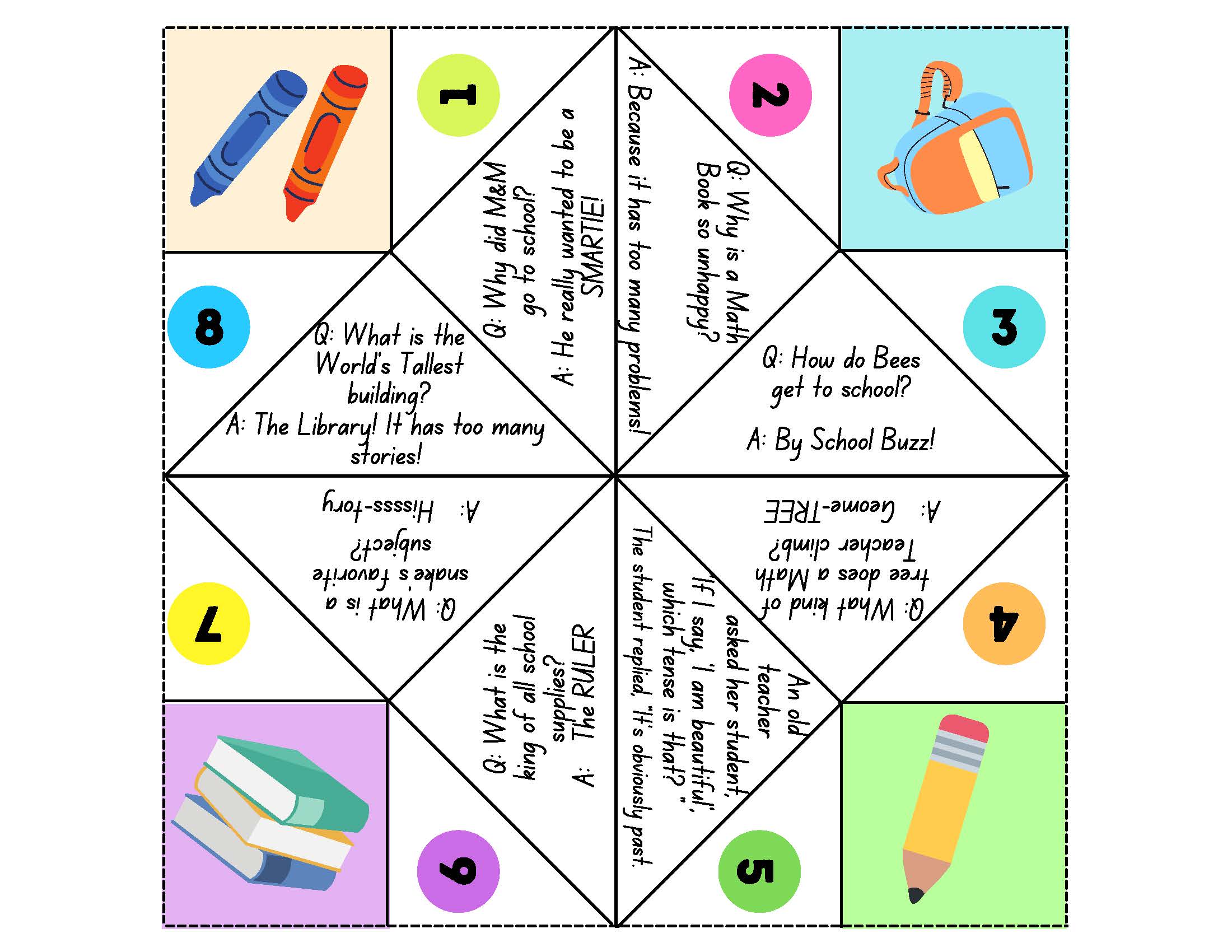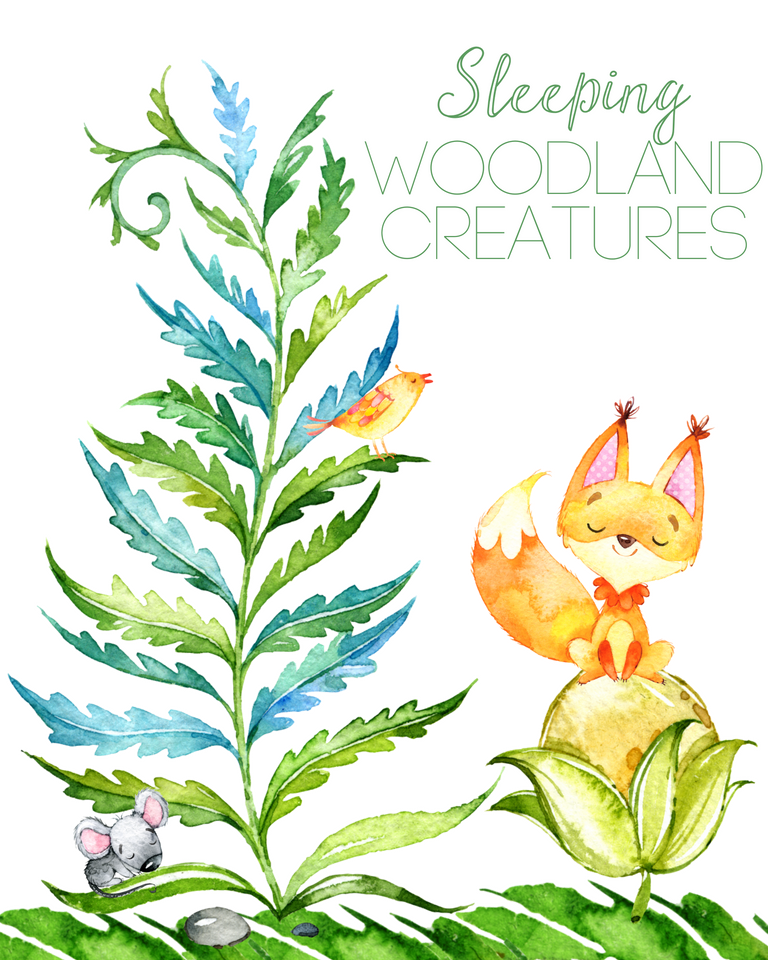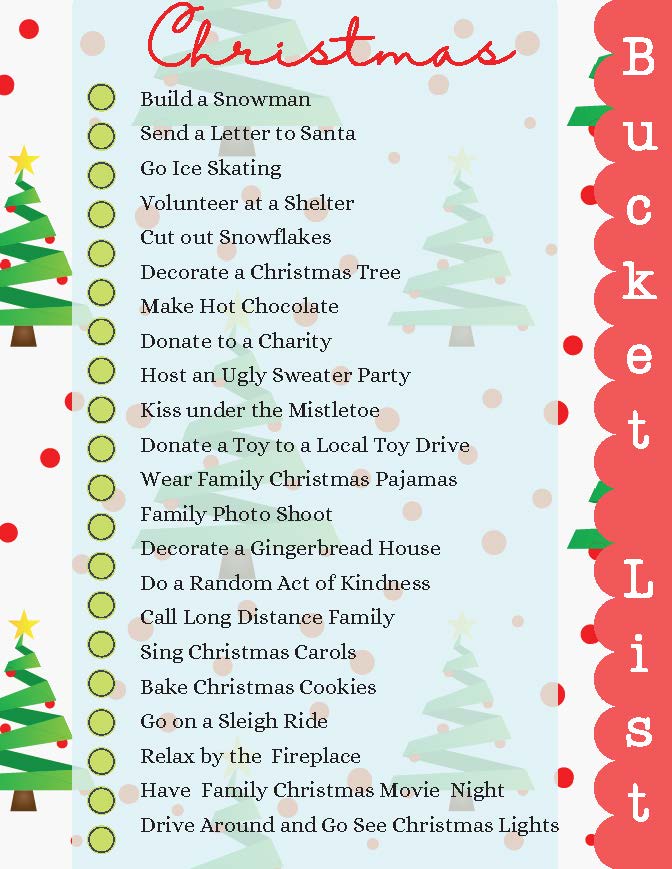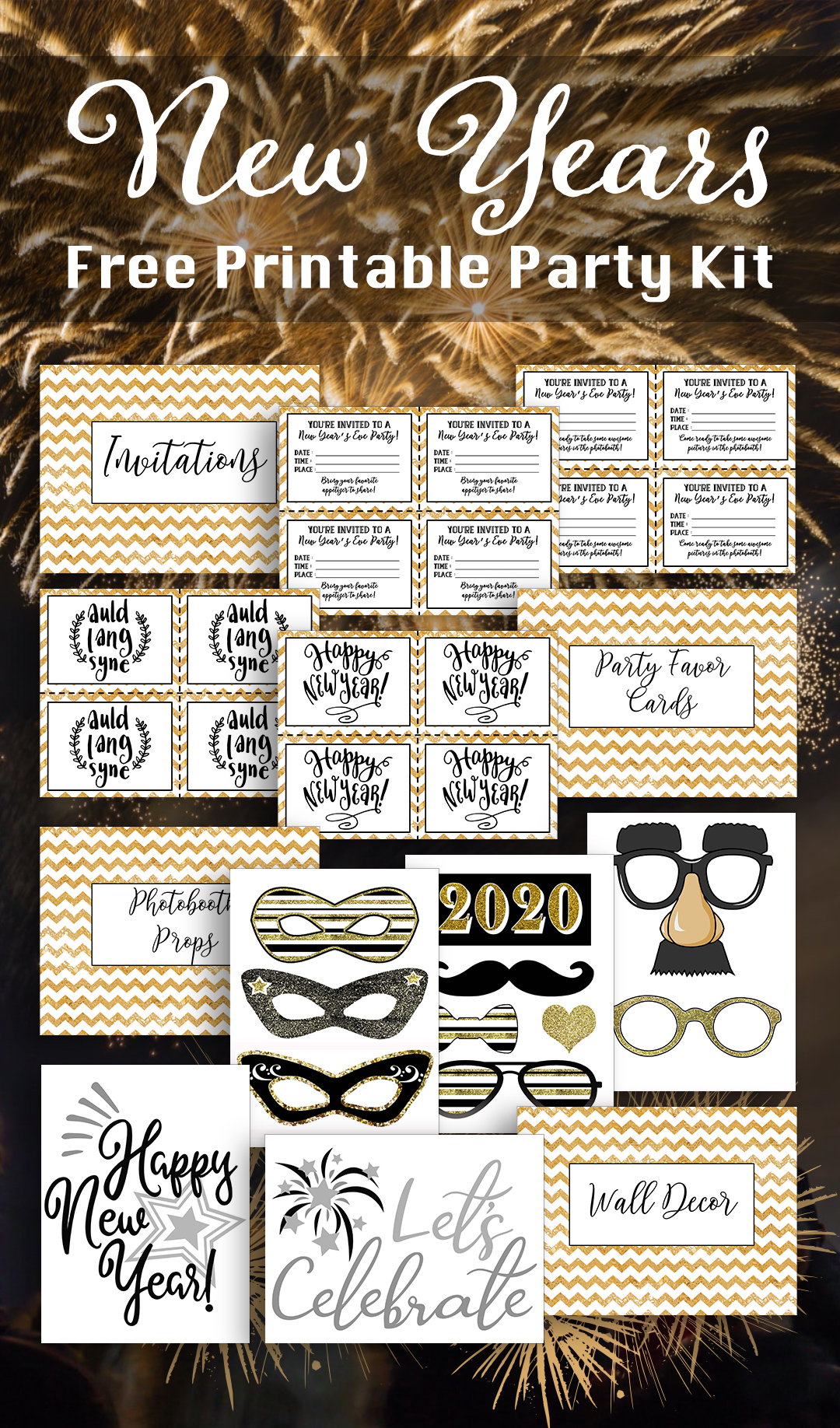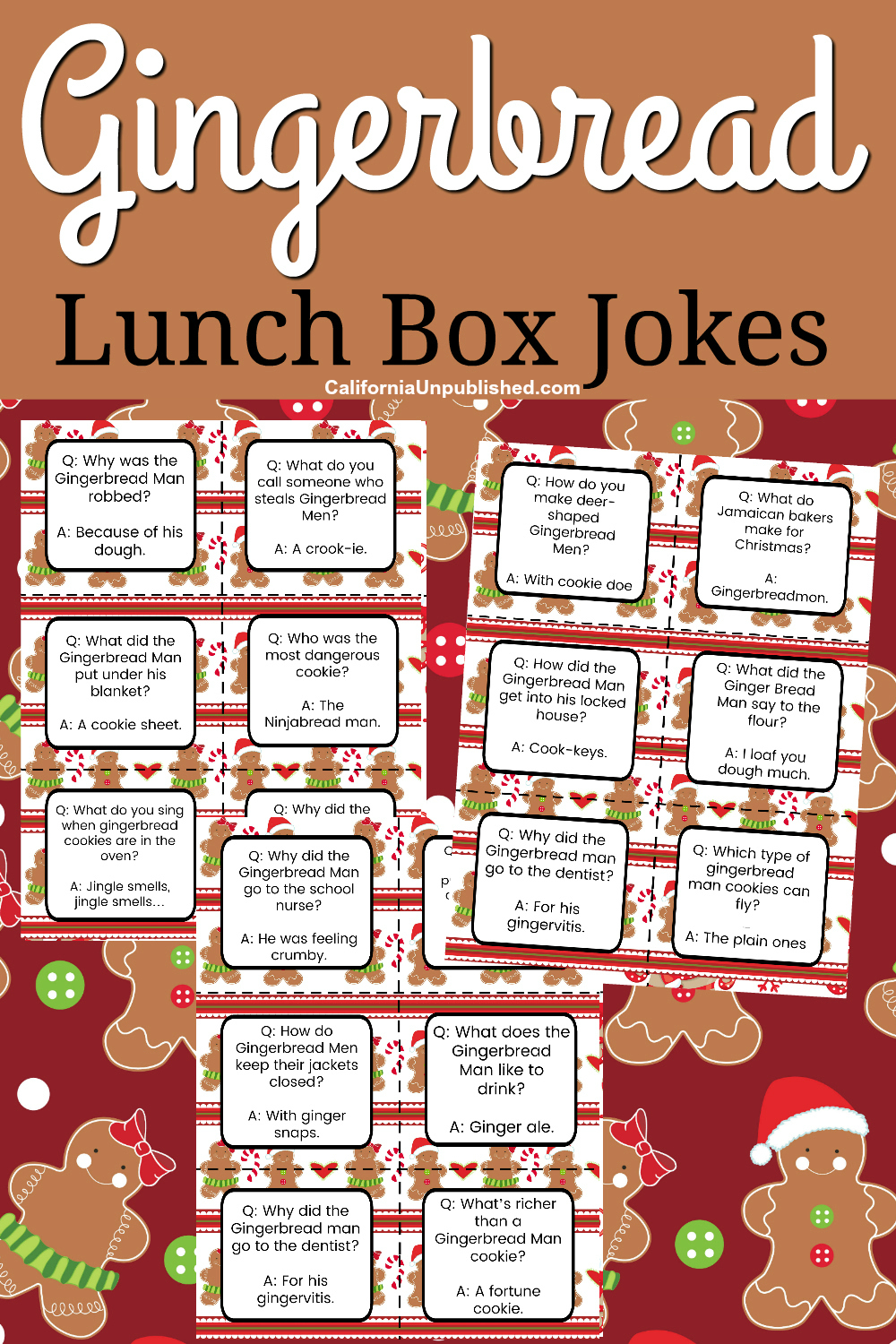School Chatterbox Game: Fun Way to Break the Ice in Classrooms
Remember those fun paper fortune tellers we made as kids? Well, they're making a comeback in classrooms as the School Chatterbox Game. This simple yet engaging activity is perfect for breaking the ice and getting children talking at the start of a new school year.
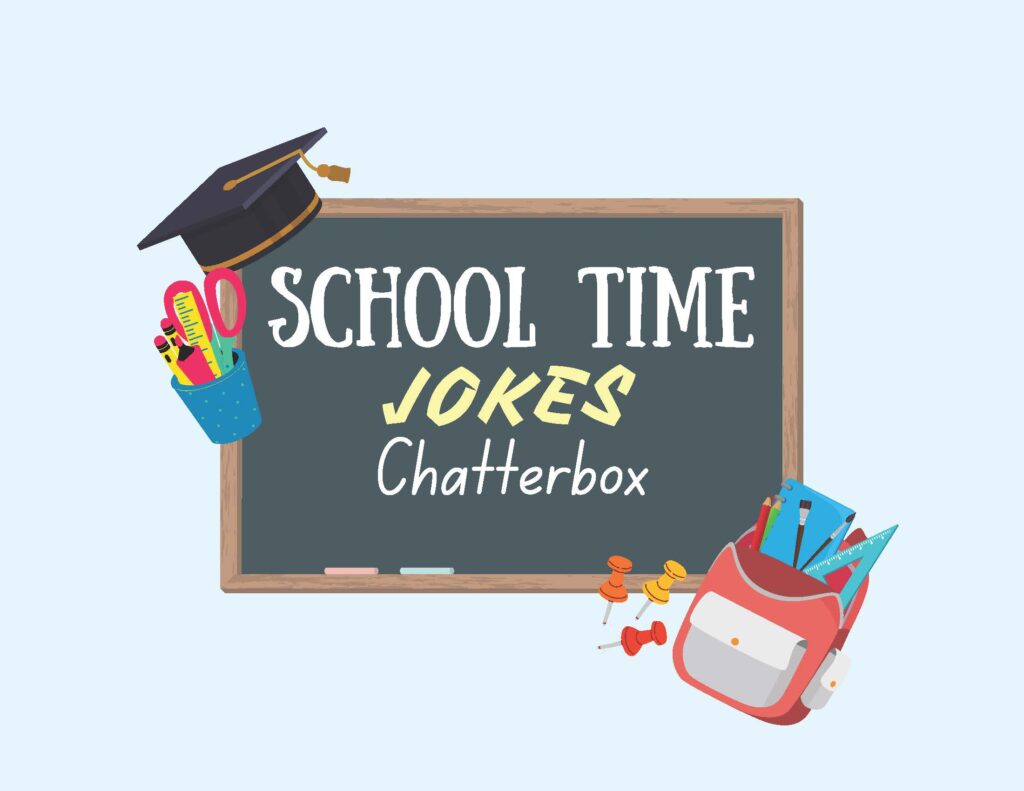
The School Chatterbox Game serves as an excellent conversation starter, encouraging students to interact and share their thoughts in a relaxed, playful manner. We love how it helps ease those first-day jitters and builds a sense of community among classmates. Plus, it's incredibly easy to make and play!
We've found that this game is especially useful for younger students who might be shy or hesitant to speak up in class. The printable versions often include fun questions about summer vacations, favorite subjects, and hopes for the new school year. It's a great way to help children open up and get to know each other better.
School Chatterbox Game: Fun Way to Break the Ice in Classrooms
History of the Chatterbox Game
Let's explore the fascinating history of the chatterbox game! This beloved paper toy has been entertaining children for generations.
The chatterbox, also known as a fortune teller or cootie catcher, has origins that date back further than we might think. Its journey began in the world of origami.
We first saw the chatterbox introduced to the Western world in 1928. It appeared in an origami book, showcasing its unique folded design. Initially, it served a different purpose – as a salt cellar!
Over time, the paper creation evolved. Children discovered its potential for fun and games. We began using it to tell fortunes and predict the future, hence the name “fortune teller.”
The chatterbox's popularity soared in schoolyards across the globe. In different regions, it acquired various names. Australian kids often call it a chatterbox, while others prefer cootie catcher.
Despite its simple design, the chatterbox has stood the test of time. We've seen it entertain generation after generation, proving its enduring appeal.
Today, we continue to fold these paper marvels. They're not just toys, but a link to our playful past and a testament to the timeless joy of simple games.
Benefits of Chatterbox Games in School
Chatterbox games offer numerous advantages in school settings. They promote social interaction, help students get acquainted, and develop important motor skills. Let's explore these benefits in more detail.
Social Skills Enhancement
Chatterbox games are excellent tools for fostering social connections among students. As children play together, they learn to take turns, listen actively, and respond appropriately to their peers.
These games encourage cooperation and teamwork. Students often need to work together to fold the chatterbox or interpret the results, promoting collaborative skills.
By engaging in friendly competition, kids also learn to handle winning and losing gracefully. This helps build emotional resilience and sportsmanship.
We've seen how chatterbox games can spark spontaneous conversations, allowing students to practice their communication skills in a fun, low-pressure environment.
Ice Breaker Functions
Chatterbox games serve as excellent ice breakers, especially at the start of a new school year. They help create a welcoming atmosphere and ease first-day jitters.
These games provide a structured way for students to interact and learn about each other. The questions or tasks inside the chatterbox can be customized to suit various topics or themes.
We've found that back-to-school themed chatterboxes are particularly effective. They can include questions about favorite subjects, hobbies, or summer experiences.
Teachers can use chatterboxes to help students remember names and interesting facts about their classmates, fostering a sense of community in the classroom.
Fine Motor Skill Practice
Creating and using chatterbox games provides valuable fine motor skill practice. The folding process requires precision and dexterity, helping to improve hand-eye coordination.
Students exercise their fingers and hands as they manipulate the chatterbox, which can be particularly beneficial for younger children still developing these skills.
We've noticed that regular practice with chatterboxes can lead to improved handwriting and better control when using scissors or other small tools.
The act of writing numbers, colors, or words on the chatterbox also reinforces literacy and numeracy skills while providing additional fine motor practice.
Chatterbox Game Variations
Chatterbox games offer endless possibilities for fun and learning. Let's explore some exciting ways to play this classic paper folding game that kids and adults alike can enjoy.
Classic Chatterbox
The traditional chatterbox is a timeless favorite. We start by folding a square piece of paper into the familiar fortune teller shape. On the outside, we write four colors. Under each flap, we add numbers from 1 to 8. Inside, we include fortunes, dares, or questions.
To play, we ask a friend to choose a color. We spell out the color while opening and closing the chatterbox. Then, they pick a number, and we count to reveal their fortune. It's a simple yet engaging game that never gets old.
We can customize the contents to suit any occasion or group. For birthday parties, we might include silly dares. At sleepovers, we could add spooky fortunes for a fun twist.
Educational Chatterbox
We can turn chatterboxes into powerful learning tools. For younger kids, we might create a sight word chatterbox to practice reading. We write sight words on the flaps and have children spell them out as they play.
For older students, we can design subject-specific chatterboxes. In a math version, we could include multiplication facts or geometry terms. For science, we might add questions about the solar system or plant parts.
These educational chatterboxes make learning interactive and fun. We can use them for quick reviews or as a reward after finishing classwork. They're also great for home learning, helping parents engage their kids in educational play.
Fun and Creative Chatterbox
We can let our imaginations run wild with creative chatterbox ideas. For a back-to-school theme, we might include icebreaker questions to help new classmates get to know each other.
A travel-themed chatterbox could feature different countries, languages, or landmarks. We could create a movie trivia version for film buffs or a sports chatterbox for athletic enthusiasts.
For holidays, we can design themed chatterboxes. A Halloween version might have spooky dares, while a Christmas one could include festive jokes or carol lyrics.
We can even use chatterboxes for decision-making. Instead of fortunes, we could include different lunch options or weekend activities to help indecisive friends choose.
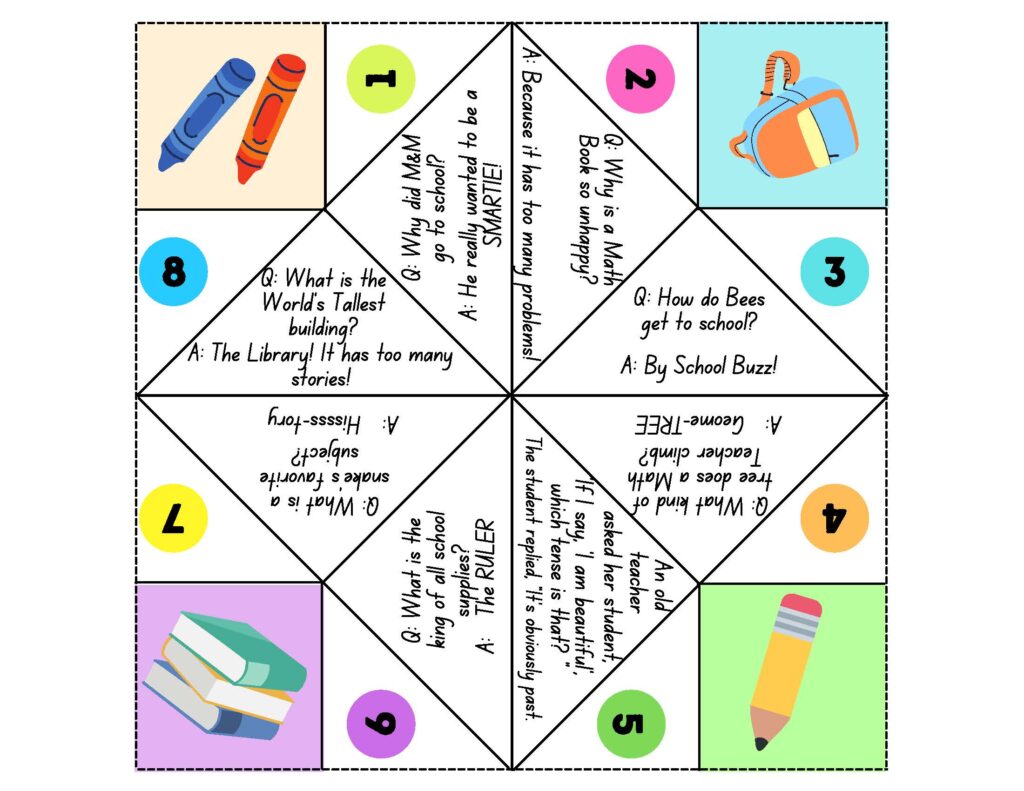
Creating Your Own Chatterbox
Making a chatterbox is a fun and simple activity. We'll guide you through the process, from gathering materials to decorating your finished creation.
Materials Needed
To start, we'll need a few basic supplies. Grab a square sheet of paper – regular printer paper works great. You'll also want colored pencils, markers, or crayons for decorating.
Scissors might come in handy, but they're optional. If you're feeling fancy, stickers or glitter glue can add extra flair.
Printable templates are available online if you prefer a guide. These can be especially helpful for younger children or first-time chatterbox makers.
Folding Instructions
Let's dive into the folding process:
- Place your square paper face-down.
- Fold the paper diagonally, then unfold.
- Fold the other diagonal, then unfold.
- Fold each corner to the center point.
- Flip the paper over.
- Again, fold each corner to the center.
- Fold the square in half, then unfold.
- Fold in half the other way.
Now, slip your thumbs and forefingers under the flaps. Your chatterbox is ready to play!
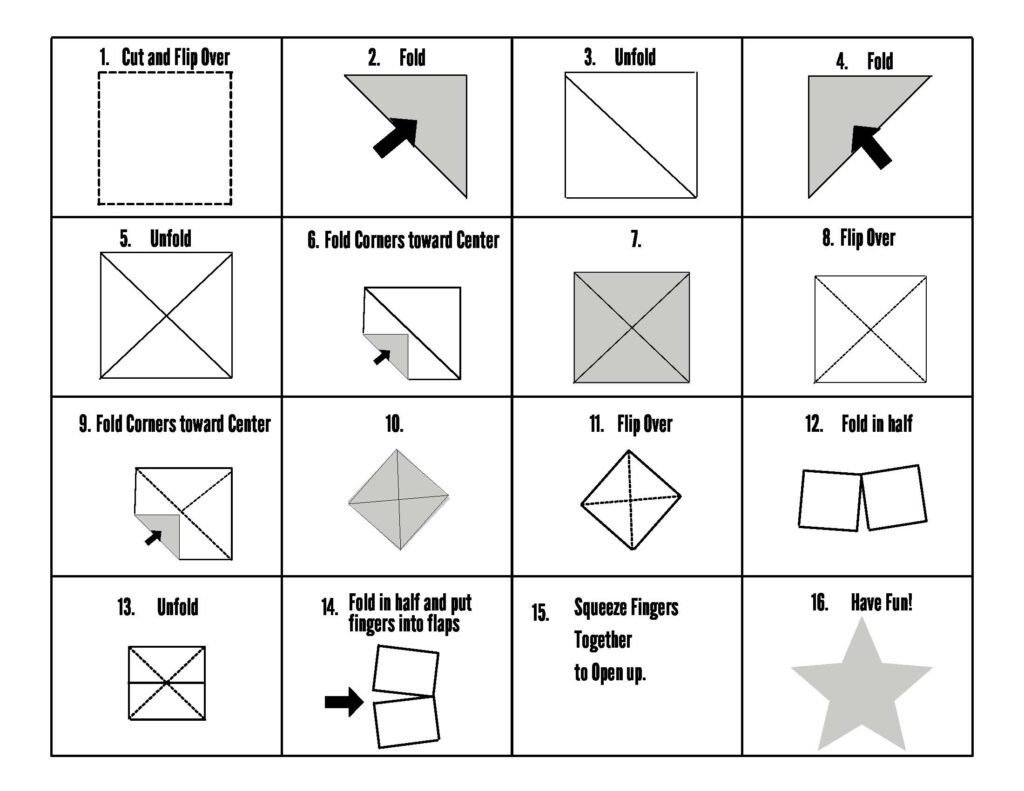
Decorating Tips
Now for the fun part – decorating! We recommend using bright colors to make your chatterbox pop. Write numbers on the outer flaps and colors or patterns underneath.
Inside, add fortunes, jokes, or questions. Get creative! You could theme your chatterbox for a birthday party or make it educational with math problems or vocabulary words.
Don't forget the top flaps. You can draw simple designs or write short phrases here. If you're using it for a back-to-school activity, consider adding school-related items or subjects.
Remember, there's no right or wrong way to decorate. Let your imagination run wild!
Games and Activities Using Chatterboxes
Chatterboxes offer endless possibilities for fun and learning in the classroom. We've gathered some exciting ways to use these versatile paper creations to engage students and spark their curiosity.
Ice Breakers for New Classmates
At the start of a new school year, we love using chatterboxes to help students get to know each other. A back to school chatterbox game can be a great way to break the ice. We include questions like “What's your favorite subject?” or “What did you do this summer?”
Students take turns operating the chatterbox for their classmates. As they spell out names or colors, the anticipation builds. When they open the flap, a fun question is revealed!
We encourage kids to create their own chatterboxes too. They can add personal touches and unique questions. This activity helps foster creativity and social skills.
Subject-Specific Learning
Chatterboxes aren't just for fun – they're excellent learning tools too! We use them to reinforce various subjects:
- Math: Include multiplication facts or geometry terms
- Science: Add questions about the solar system or animal classifications
- Language Arts: Incorporate sight words or grammar rules
Students can quiz each other using these subject-specific chatterboxes. It's a playful way to review important concepts and make learning more interactive.
We also create chatterboxes for specific topics within a subject. For example, a history chatterbox might focus on ancient civilizations or important dates.
Party Games
Chatterboxes can liven up any classroom party or celebration. We use them to create exciting games that get everyone involved:
- Scavenger Hunt: Hide chatterboxes around the room with clues inside
- Fortune Teller: Use the chatterbox to “predict” silly futures for classmates
- Mystery Prize: Put small prizes under the flaps for a fun surprise game
For holidays, we make themed chatterboxes. A Halloween version might have spooky jokes, while a Valentine's Day one could have friendship compliments.
These party games help create a festive atmosphere in the classroom. They're perfect for rewarding good behavior or celebrating achievements.
Implementing Chatterbox Games in the Classroom
Chatterbox games offer a versatile and engaging tool for educators. We can use these colorful paper creations to enhance learning experiences across various subjects and grade levels.
Curriculum Integration
We've found that chatterbox games are incredibly adaptable to different subjects. In math, we create chatterboxes with multiplication tables or geometry facts. For language arts, we include vocabulary words or grammar rules.
Science chatterboxes might feature planet names or animal classifications. History versions can cover important dates or key figures. We even use them for foreign language practice, incorporating new vocabulary and phrases.
At the start of the school year, we introduce a back-to-school chatterbox to help students get acquainted. This fun activity sets a positive tone for the year ahead.
Behavior Management
Chatterboxes prove excellent for reinforcing positive behavior. We create versions with rewards or privileges that students can earn. This approach motivates good conduct and academic effort.
For younger students, we include simple tasks or kind actions to perform. Older grades might have more complex challenges related to personal growth or social responsibility.
We rotate chatterbox themes weekly or monthly to keep things fresh. This regular change maintains student interest and allows us to address different behavioral focuses throughout the year.
Student Engagement
The interactive nature of chatterboxes naturally boosts student engagement. We use them as ice-breakers, allowing students to get to know each other in a fun, low-pressure way.
For group work, we create chatterboxes with discussion prompts or project ideas. This encourages collaboration and creative thinking among peers.
We also employ chatterboxes for review sessions before tests. Students enjoy the game-like format, making revision more enjoyable and effective. It's a great way to check understanding in a less formal setting.
-> Download and print our Free Printable School Chatterbox Game here! <-



Questions and Prompts for Chatterbox Games
We love coming up with fun questions and prompts for chatterbox games! These little paper fortune tellers are perfect for sparking conversations with friends.
For a back-to-school themed chatterbox, we might include questions about favorite subjects or after-school activities. Some examples could be:
• What's your favorite class this year? • Who's your best friend at school? • What's the coolest thing you learned recently?
We can also add prompts about likes and dislikes. Here are a few ideas:
• Name your favorite book • What's your go-to lunch at the cafeteria? • If you could be any animal, what would you choose?
For a more general chatterbox game, we might focus on getting to know each other better. Questions could include:
• What's your dream job? • If you had a superpower, what would it be? • What's the best vacation you've ever been on?
Remember, the key is to keep questions short and fun! We want to encourage talking and sharing without making anyone feel put on the spot.
Tips for Including All Students
Creating an inclusive classroom environment is essential for a successful school chatterbox game. We'll explore strategies to ensure all students can participate fully and feel welcomed.
Inclusive Game Design
We recommend using large, clear print on the chatterbox for students with visual impairments. Incorporating tactile elements, like raised textures or braille, can make the game accessible to all. For our back to school activities, we suggest using simple language and pictures to support English language learners and foundation year students.
Color-coding sections can help with organization, but we always pair colors with patterns or symbols for colorblind students. We've found that offering multiple versions of the game with different difficulty levels allows children to choose what suits them best.
Supportive Group Dynamics
We encourage forming mixed-ability groups to foster peer support and learning. It's important to establish clear rules that promote respect and inclusion from the start. We recommend using a timer to ensure everyone gets a turn and no one feels left out.
For shy or anxious students, we've had success with a buddy system. Pairing them with a supportive classmate can boost their confidence. We also suggest having alternative roles, like scorekeeper or question reader, for those who may not want to manipulate the chatterbox directly.
Celebrating diverse answers and perspectives makes the game more engaging for everyone. We love to include questions that allow children to share their unique experiences and cultures.

